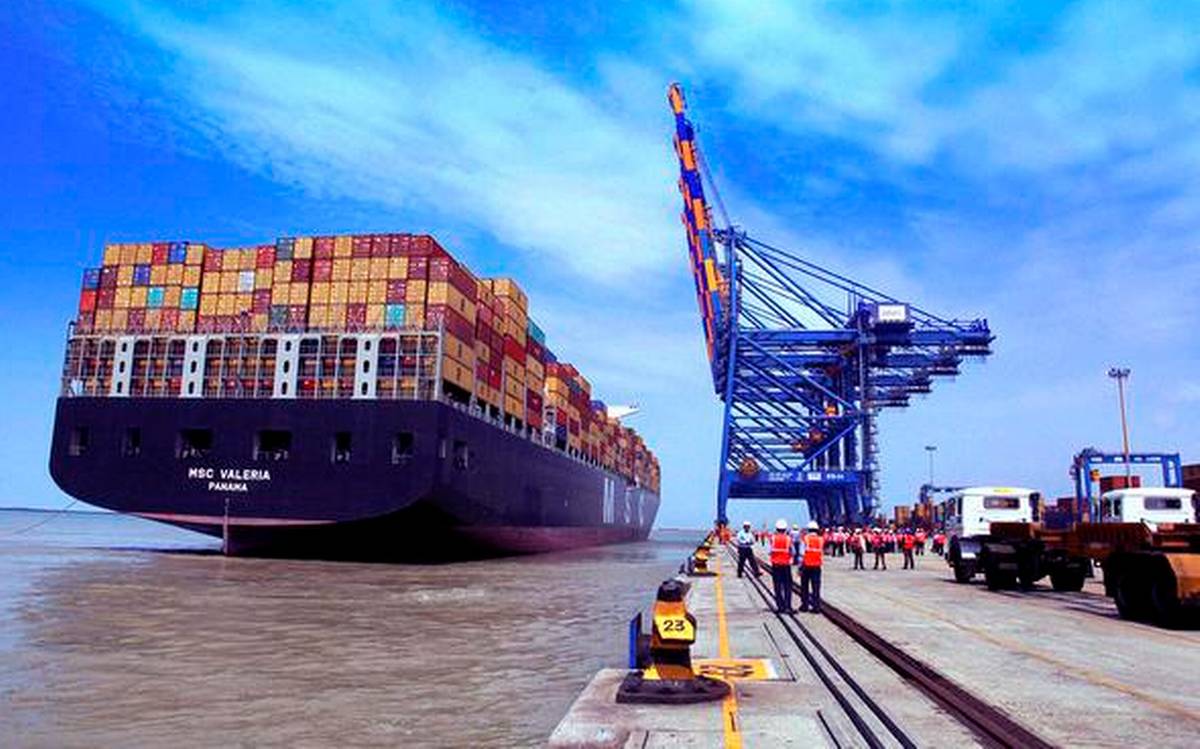ICCs Digital Standards Initiative shares digital trade, eBL case studies
The International Chamber of Commerce’s (ICC) Digital Standards Initiative (DSI) for trade documents has come a long way since its founding in 2020. In April it published a document that outlined no less than 36 different trade documents and associated standards. Now it has released a series of 22 case studies, including several on electronic bills of lading (eBL).
An eBL has several advantages over the paper version. Given bills of lading are used to collect cargo, they are valuable documents. Paper versions are prone to forgery, whereas electronic ones are digitally signed. They’re also much more efficient. McKinsey predicted that eBL could lead to $6.5 billion in direct cost savings.
In order for the importer to collect the cargo on arrival, the original bill of lading has to be couriered from the departure point to the destination. This can cause delays if it doesn’t arrive fast enough. Plus, couriers carrying the bill of lading have to travel between airports and the ports, creating wasteful emissions.
This latter point was one of the case studies in the ICC paper. Earlier this year, the shipping blockchain network GSBN explored the potential environmental impact, estimating that there’s a potential saving of 440,820 metric tons per year in CO2 emissions. We analyzed the report, finding the figures were rather high, but the saving is nonetheless significant.
BHP contributes to 25% eBL target
Another eBL case study relates to mining firm BHP. One of the key benefits it found by using eBL is that amendments to eBLs are much faster. Otherwise, a new original bill of lading would have to be couriered a long way if there are amendments. This helps to avoid delays in customs clearance.
Stepping back, several shipping organizations have made commitments to adopt eBL, including the FIT Alliance, with only around 2% digitized in 2022. A key hold up is a lack of interoperability between different solutions, something that the ICC is trying to address. In early 2023, the Digital Container Shipping Association (DCSA), secured commitments from nine of the top ten largest container shipping carriers to adopt eBLs. The first deadline was 50% in five years, with 100% in ten years.
Another shipping association, BIMCO, joined the effort with a shorter target of 25% by 2025. After just a year, four shippers, BHP, Rio Tinto, Vale and Anglo American, have already reached an average adoption rate of 25.1% for iron ore trades.
Lloyds Bank adopts two blockchain solutions
Earlier this year we reported that Lloyds Bank had partnered with WaveBL for eBL. Additionally, it is working with Enigio to use its blockchain-based digital promissory notes (dPN).
The case study starts with shipping carrier MSC issuing an eBL using the waveBL platform. Then the exporter’s bank sent the eBL to Lloyds, which was working for the importer. Lloyds issued a digital promissory note (dPN), that the importer signed. That digital signature allowed Lloyds to release the eBL faster. Lloyds reckons the solutions reduced the transaction time from 15 days to 24 hours. Plus, it removed the need for six courier trips.
“Together, the eBL and the dPN have eradicated the need for any physical paper to change hands,” said Rogier van Lammeren, Head of Trade and Working Capital Products, Lloyds Bank. “This has meant a faster transaction, which helps shorten parties’ working capital cycles, with less risk, at lower cost and with significantly less admin for the businesses involved.”
Meanwhile, another case study involved eBL platforms WaveBL and TradeGo integrating verifiable Legal Entity Identifiers (vLEI) into their solutions. Plus, there was a client case study for blockchain eBL solution CargoX.





